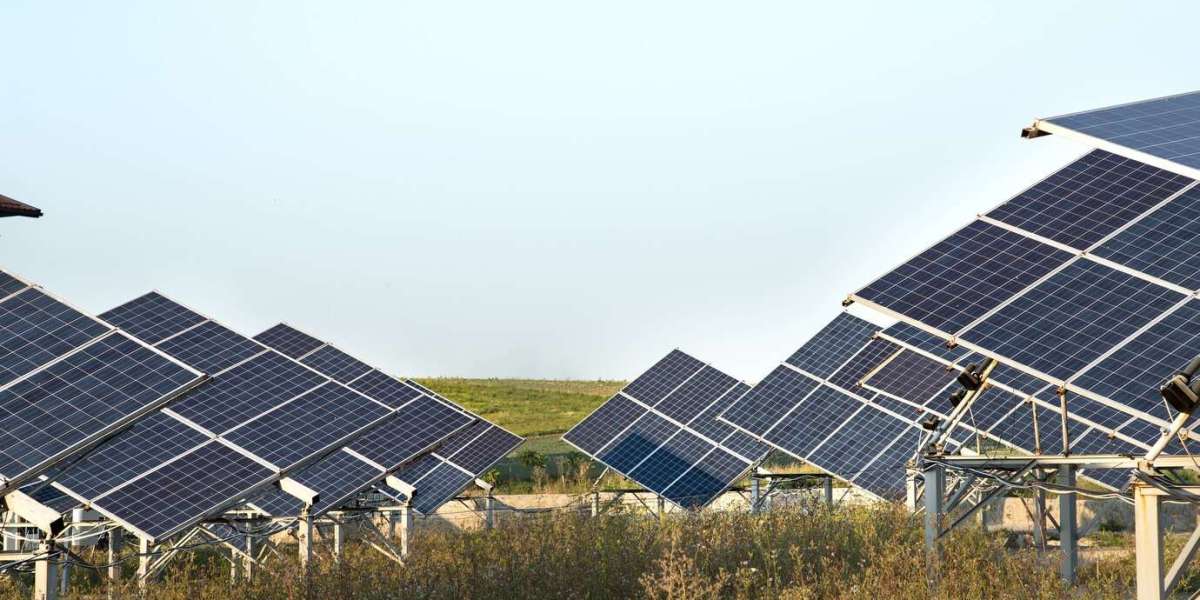The solar inverter market has witnessed significant innovation in recent years, driven by the increasing adoption of solar energy and the growing need for more efficient, cost-effective, and reliable energy conversion systems. Solar inverters play a crucial role in photovoltaic (PV) systems by converting the direct current (DC) power generated by solar panels into alternating current (AC) power, which is used by most electrical appliances and fed into the grid. As the demand for renewable energy grows, the solar inverter market continues to evolve, offering new technologies and solutions to address the challenges posed by solar energy integration.
One of the most notable trends in the solar inverter market is the development of more efficient and advanced inverters. Traditional string inverters have been widely used in residential and commercial solar installations for many years. However, these inverters have limitations in terms of efficiency, performance under shading conditions, and monitoring capabilities. As a result, the market has seen the emergence of new types of inverters that address these issues.
Microinverters have gained popularity as an alternative to traditional string inverters. Microinverters are installed on each individual solar panel, allowing for independent conversion of DC power to AC power at the panel level. This innovation improves the overall system efficiency by mitigating the impact of shading or panel mismatch, where one underperforming panel can reduce the entire system's performance. Microinverters also enable better monitoring of individual panel performance, making it easier to identify and address any issues. As a result, microinverters are becoming increasingly popular in residential applications where the shading of panels due to trees or nearby structures is a common issue.
Another innovative technology in the solar inverter market is the power optimizer. Power optimizers are used in conjunction with string inverters and are installed on each panel to optimize the performance of individual modules. Unlike microinverters, which convert DC power at the panel level, power optimizers only optimize the voltage and current before sending the DC power to the central inverter for conversion. This solution offers many of the benefits of microinverters, such as improved efficiency and panel-level monitoring, but at a lower cost. Power optimizers are increasingly being adopted in both residential and commercial solar installations.
The integration of smart technologies into solar inverters has also led to significant advancements in the market. Smart inverters are designed to enhance the functionality of solar PV systems by incorporating features such as remote monitoring, real-time performance tracking, and integration with home automation systems. These inverters can communicate with cloud-based platforms, allowing homeowners, businesses, and utilities to monitor energy production, consumption, and system performance from anywhere. Additionally, some smart inverters are equipped with advanced grid support functions, such as voltage regulation and frequency control, which help improve the stability and reliability of the grid as more renewable energy is integrated.
The trend toward energy storage integration has also driven innovation in the solar inverter market. With the increasing popularity of energy storage systems (ESS) such as batteries, the need for inverters that can seamlessly manage the charging and discharging of stored energy has become essential. Hybrid inverters, which combine both solar energy conversion and energy storage management in one unit, are gaining traction in the market. These inverters enable homeowners and businesses to store excess solar energy for use during periods of low sunlight or at night, reducing reliance on the grid and improving energy independence. The integration of ESS with solar inverters also supports grid stabilization efforts, allowing for the efficient management of renewable energy in areas with high solar penetration.
Furthermore, grid-connected inverters are evolving to support more sophisticated grid integration features, such as grid-forming and grid-supporting functionalities. These inverters can operate in off-grid or islanded modes, providing backup power during grid outages and enhancing the resilience of the electrical grid. As utilities and regulators focus on increasing the share of renewable energy in the grid, the demand for inverters with advanced grid interaction capabilities is expected to rise.
The growing emphasis on sustainability and the reduction of carbon emissions has prompted significant investments in research and development, leading to the emergence of next-generation materials in solar inverters. Manufacturers are exploring the use of lightweight, durable, and environmentally friendly materials to improve the performance and longevity of inverters while reducing their environmental impact. Innovations in semiconductor technology, such as the use of silicon carbide (SiC) and gallium nitride (GaN) materials, are improving the efficiency and thermal management of inverters, allowing them to handle higher power loads and operate at lower temperatures.
Lastly, the cost of solar inverters has decreased significantly over the past decade, making solar energy more accessible to a wider range of consumers. As manufacturing processes become more streamlined and economies of scale are achieved, solar inverters are expected to become even more affordable. This cost reduction, coupled with advancements in technology, is accelerating the adoption of solar energy systems worldwide.
In conclusion, the solar inverter market is undergoing a transformation driven by technological innovation, cost reductions, and the growing demand for clean, renewable energy. From microinverters and power optimizers to smart inverters and energy storage integration, these innovations are making solar energy more efficient, reliable, and accessible. As the market continues to evolve, further advancements are expected, paving the way for more sustainable and resilient energy systems.






